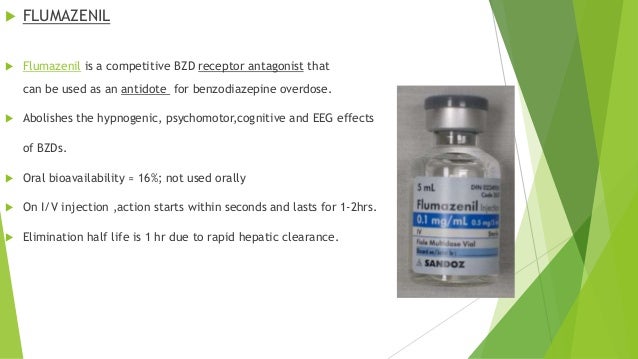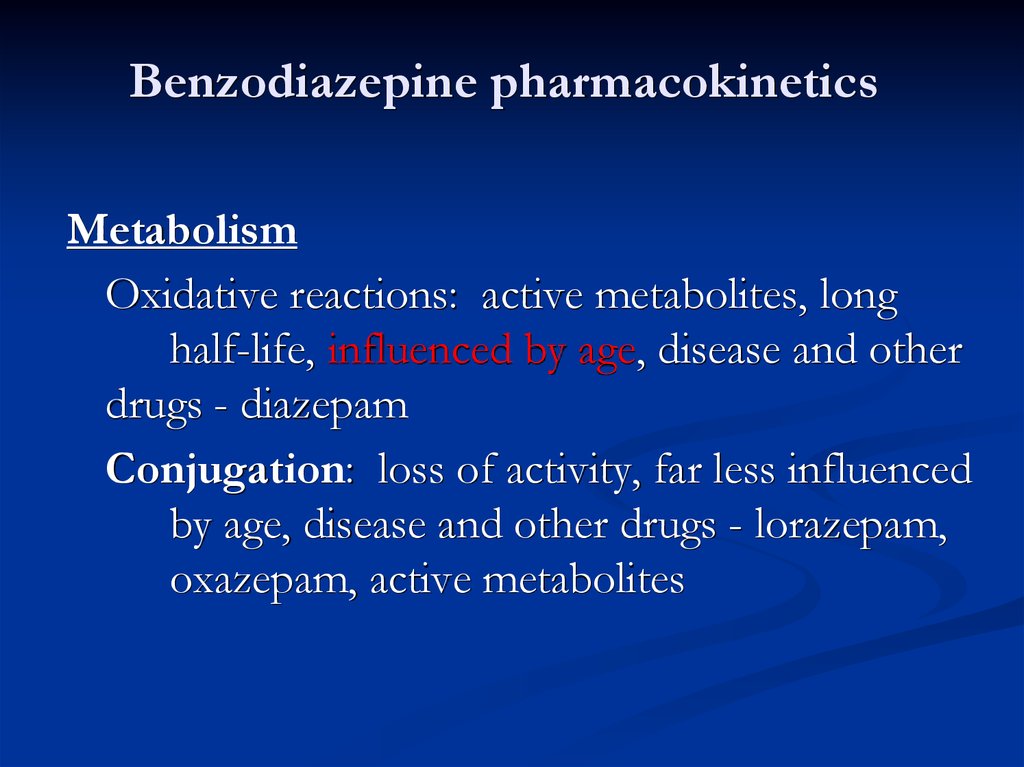

The dose required to produce respiratory compromise is difficult to quantify and depends on multiple factors, including dosage, tolerance, weight, age, coingestants, and even genetics.

Respiratory compromise is uncommon in isolated benzodiazepine ingestions, but if taken with coingestants such as ethanol or other drugs/medications, respiratory depression can be noted. It is important to note that most intentional ingestions of benzodiazepines do involve coingestants, the most common being ethanol, leading to substantial respiratory depression and airway compromise. Classic symptoms include slurred speech, ataxia, and altered mental status. Many patients will still be arousable and even provide a reliable history. The classic presentation in patients with isolated benzodiazepine overdose will include central nervous system (CNS) depression with normal or near-normal vital signs. īenzodiazepines taken in toxic doses without other coingestants rarely cause a significant toxidrome. The low incidence of respiratory depression with benzodiazepines, which differentiates it from barbiturates, is related to the low density of binding sites in the brainstem, which houses the respiratory center. This binding ultimately increases the flow of chloride ions through the GABA ion channel, causing postsynaptic hyperpolarization, which decreases the ability to generate an action potential. Benzodiazepines do not alter the production, release, or metabolism of GABA but instead potentiates its inhibitory actions by augmenting or enhancing receptor binding.

Benzodiazepines bind at the interface of the GABA-A receptor and subsequently lock the receptor into a configuration that increases its affinity for GABA. The GABA-A receptor, depending on various arrangements of its subunits, determines its affinity for various agents that bind to the receptor. Benzodiazepines exert their effect via modulation of the gamma-aminobutyric acid A (GABA-A) receptor, the primary inhibitory neurotransmitter in the central nervous system. Benzodiazepines are organic bases with a benzene ring and a 7-member diazepine moiety, with variable side chains that determine the potency, duration of action, metabolite activity, and rate of elimination.


 0 kommentar(er)
0 kommentar(er)
